What if you could efficiently grow food, while also encouraging biodiversity and being more in tune with nature? With a food forest, you can do just that!
How can you create a food forest? Decide what your reasons and motivations are, take inspiration from your local woods and landscape, and then design a food forest using species and techniques that make sense for where you live.
In this article, you’ll learn what a food forest is, the 7 parts of a food forest, how to start a food forest for yourself step-by-step, and more.
What Is A Food Forest?
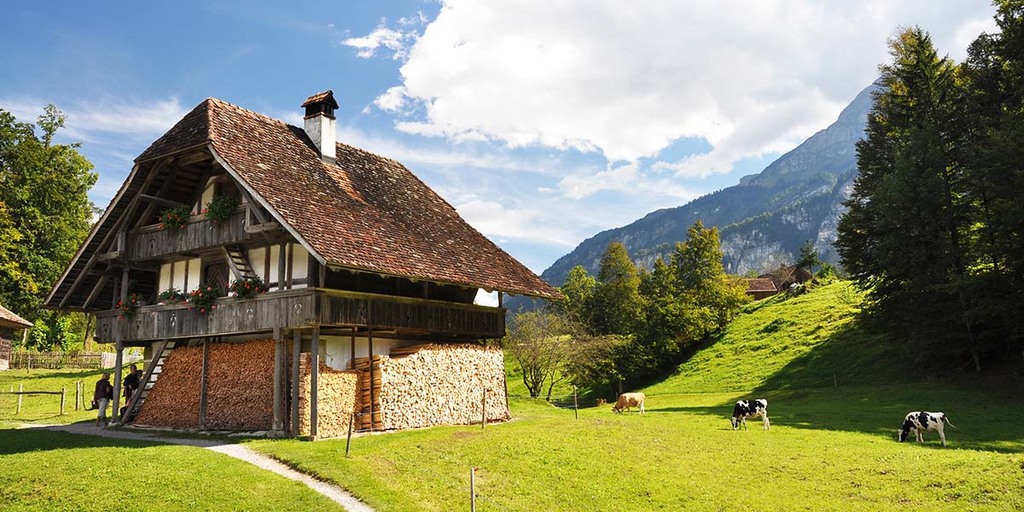
A food forest (also known as a forest farm or forest garden) is a way of organizing your garden to mimic how a forest would grow in nature.
Food forests provide optimum light exposure, better yield, and require less maintenance, all while encouraging greater biodiversity.
It’s just one part of the overall permaculture movement, but it’s a rich enough topic that it warrants discussing on its own.
The idea was first introduced by farmer and author Robert Hart in his book called Forest Gardening. (Learn more about our favorite permaculture books here.) His goal was to create a low-maintenance and sustainable agricultural system that still had high yields of edible crops.
In a traditional farm or garden, everything tends to be kept separate. You might have vegetables planted in a field in one area.
In another part of the property, you might have fruit trees. And in yet another area, you have a standalone herb garden.
A food forest combined all of these different herbs, trees, and vegetables in a way they might occur in nature.
A food forest is most commonly broken down into seven different layers, which we’ll discuss in-depth later.
But in summary, they are the overstory, understory, shrub layer, herbaceous layer, root layer, a ground cover layer, and vine layer.
Some farmers also recognize the mycelial or mushroom layer as an eighth layer.
While conventional crops can really be thought of as two dimensional designs, a food forest is really designed in a three dimensional way. Plants in a food forest extend up, out, and down.
Initially, there is a lot of intention in how a forest garden is laid out. But once everything is planted, the garden is allowed to grow and adapt on its own.
If everything has been balanced correctly, all of the different plants should work together synergistically.
That means they’ll boost each other’s growth and keep the whole ecosystem healthy, as well as reducing pests.
Since the plants are selected and placed in a way they will work together, there’s no worry about competition and certain plants choking out others.
Most permaculture farmers would agree that a forest garden needs to be organic.
That means no pesticides or herbicides, or even non-organic fertilizer. Because of this, it can often take several years for a forest farm to become established.
So patience is needed, and you’ll need to have faith that nature will work things out in the end. Once a healthy forest ecosystem is established, it doesn’t need humans to weed it or fertilize it.
- Learn about Regenerative Agriculture Ultimate Guide and Examples here.
How To Create A Food Forest – Step By Step
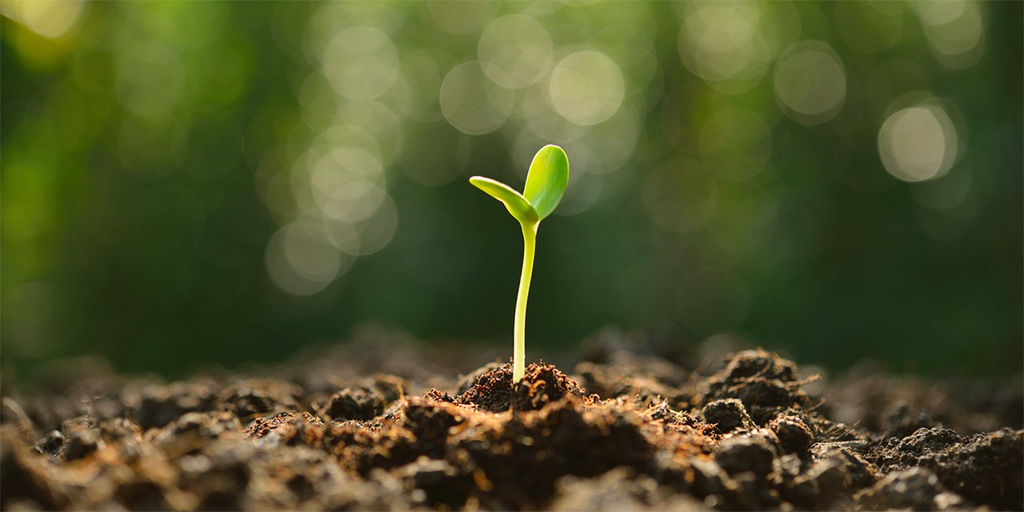
You don’t necessarily need to overthink your food forest, but there are some steps that you should take to increase your chances of success.
1. Find Your Reason “Why”
Before you ever break ground on creating your food forest, you need to spend a significant amount of time thinking about what your goals are and what you want from it.
- Are you planting a food forest to make an income or have a business?
- Is growing healthy food for yourself most important?
- Is your goal to educate others on permaculture?
- Do you want to be more self-reliant when it comes to your food?
- Or is it just a fun project or hobby for you?
Depending on the motivation behind why you want to plant a food forest, the types of plants you select may be wildly different.
For example, you might want to grow crops that you find tasty even if they aren’t the most profitable.
If you want to be more self-reliant, you might want to load up on very reliable producers like nuts and fruits or focus on replacing items you’d normally buy from the grocery store.
By having a clear idea of what you want, it becomes easier to decide what your priorities are and ultimately how your whole food forest will be organized.
2. Take Inspiration From Nature

A particular type of plant might thrive in one location, but do terribly in another. So it’s important to explore your local forests and take inspiration from what you see.
Go for a walk and see what kinds of plants seem to be growing in your area.
Of course, some of them will be weeds or inedible, but it will still give you something to try and emulate.
If you can mimic an ecosystem that naturally occurs in your area, you’ll have a greater chance of success.
Often you’ll find wild plants will be related to productive commercial variants. Some like wild rhubarb might be more obvious, while other connections will take more research to find.
But you’d be surprised how many wild variants of grapes, cherries, apples, and other plants you may see growing around when you take the time to stop and look.
The better adapted the species you select are for your area, the less maintenance and overall work that will be required to keep your food forest going. It’s much easier to work with nature than against it!
3. Examine What You Have To Work With
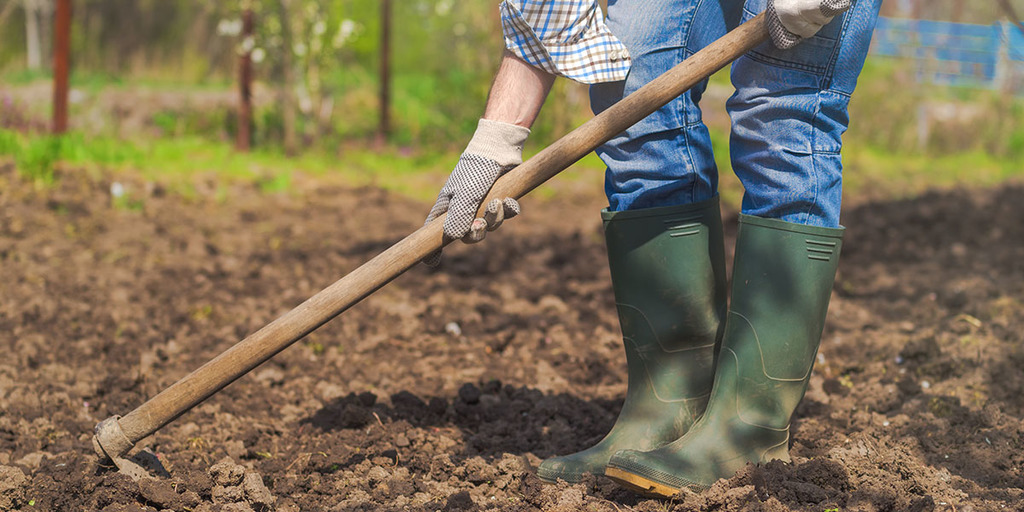
After you have a good idea of what plant species make sense for your area, it’s time to get more in touch with your land and what you have to work with.
Simply take some time on your land to quietly observe it. It can be for just a few minutes, or you might want to take an in-depth look for an hour or more.
Watch how the wind blows and how it affects various parts of your property. Notice any wildlife that is present.
Notice any natural dips or hills in the terrain, or areas where water is likely to pool up after it rains. See how different plant species are already interacting with each other.
Once you have a basic understanding of your land, it’s a good idea to do a site survey and make yourself a basic map.
It doesn’t have to be anything fancy. But you’ll want to sketch or make notes about things like the soil quality, slope, and other details in various areas.
Be sure to map out existing trees, hedges, and other items as well. There is software and even smartphone apps that can help you to understand and map your terrain, water movement across your land, and weather patterns.
Personally I find it helpful to download and print a satellite map from Google Earth and then draw on top of it. You may even want multiple maps for different aspects of your land.
You’ll need to get your hands dirty to really see what kind of soil you’re working with.
What is its texture, is it sandy or filled with clay? Do you see earthworms or other biological activity?
You may want to also buy some online kits to check pH and nitrogen, phosphorus, and potassium. Or there are services where you can send away a soil sample to a lab for a fair price.
4. Design Your Food Forest
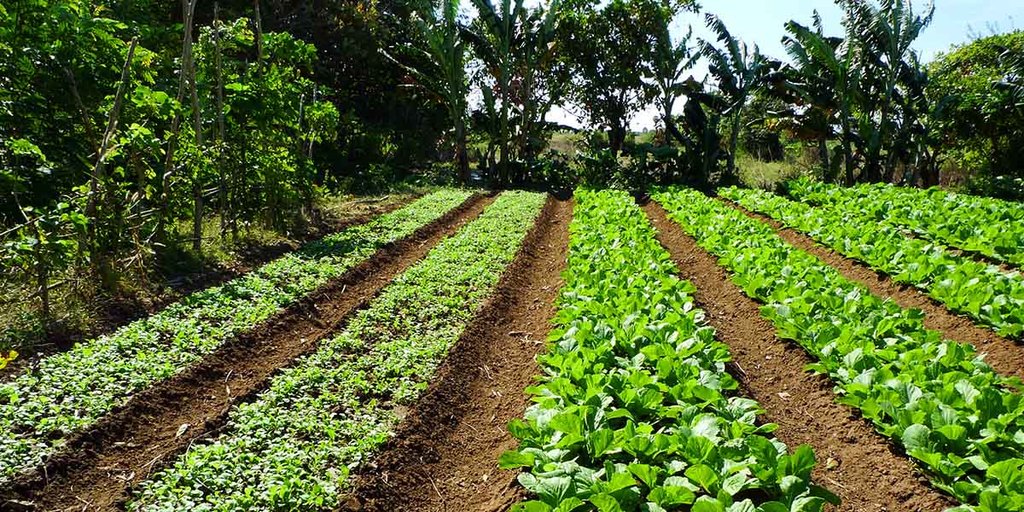
Now that you have everything mapped out, you’re ready to create a layout for your food forest.
There are three main layouts I’d recommend considering. Which one you pick will depend on the characteristics of your land, what your goals or needs are, and other factors.
Each layout requires a different design and has its own unique maintenance needs.
Orchard
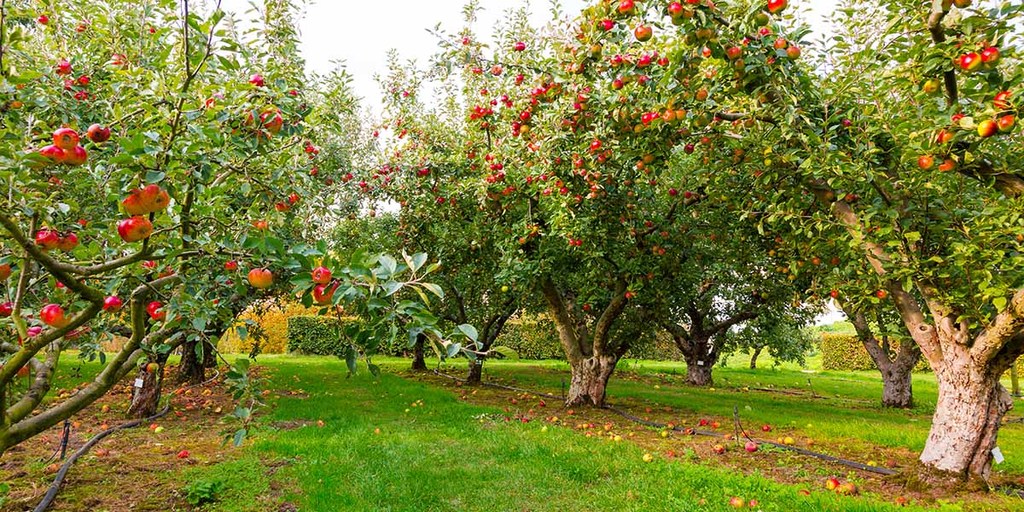
Orchards are woodlands that have trees spaced at regular intervals. They’re not too different from a typical fruit orchard that we’ve all seen before.
But instead of only containing a specific type of tree like apples or cherries, they will contain a variety of complementary species.
- Read about creating a permaculture orchard the steps in designing and creating one for yourself.
Savannah
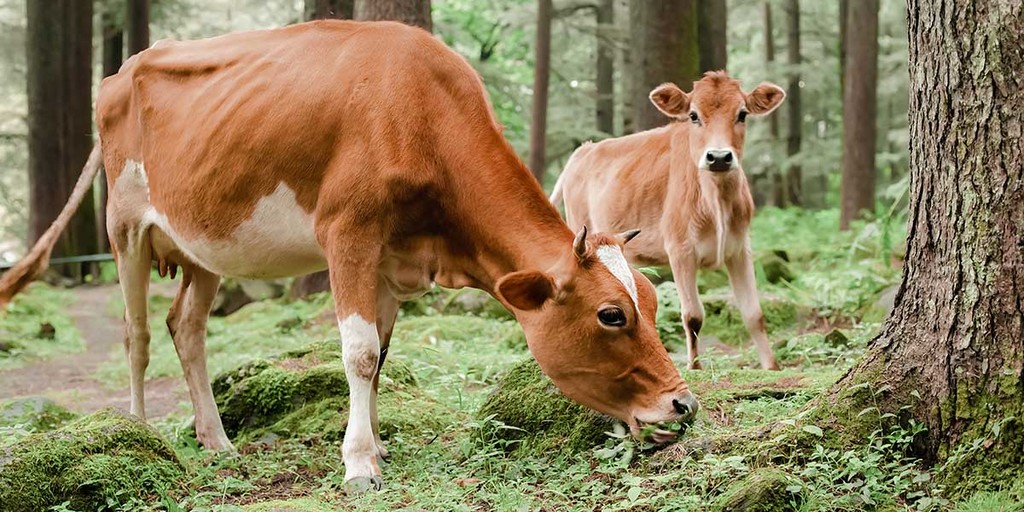
This layout can use alley cropping, which is planting trees wide apart with companion crops grown in the alleyways between them.
Or alternatively you can use a silvopastoral system, which is integrating trees, grazing domesticated animals, and forage in a way that’s mutually beneficial.
Silvopastoral systems are discussed in greater detail in our separate post on agroforestry.
- Read the full Agroforestry Ultimate Guide and Examples here.
Woodland
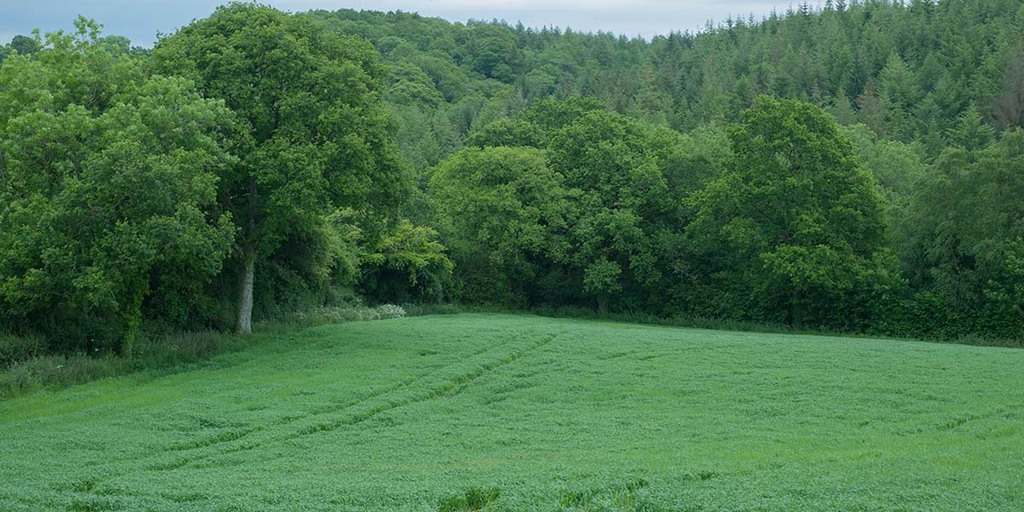
Depending on the size and maturity of your forest, this will either be a mid to late succession woodland, or later on a closed canopy forest, which is the mature end-goal you’d be working toward.
Given that you’re designing a permanent system, you will definitely want to plan and start laying out your infrastructure first.
Proper infrastructure helps to maximize productivity and minimizes maintenance.
This includes any water, structures, or access that will need to be incorporated into your food forest. It’s best to do these first, as they’ll be the most permanent part of your design.
You’ll need to plan out where things like fences, irrigation lines, water tanks, access points, and other structures will need to go.
I recommend starting with planning out your water first, as that should be your priority. Then design your paths and roadways around that.
It’s difficult to change your roads and paths later on, so be sure to think long and hard about where to place them and how you’ll move around your food forest. You’ll be using them to get around for years to come.
Fences can be used to divide your food forest up into different growing zones.
5. Decide Which Plants You Want To Grow
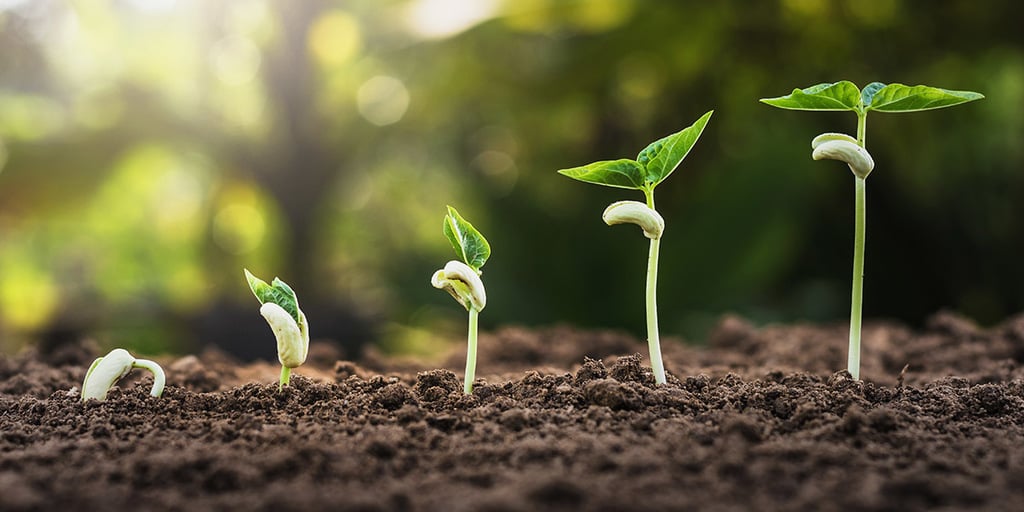
I start off with a spreadsheet and divide it up into different categories of plants that I’ll want, like ground cover for weed control, plants to attract beneficial insects, nutrient accumulators, food production, and others.
It’s best to categorize plants by the different purposes that you want them to fill in your food forest.
Be sure to refer back to that walk you hopefully took through a local forest to examine native species.
Growing plants that aren’t native to your region can be difficult, so try to focus on plants designed for your climate or you’ll make your work a lot more difficult.
Try to form guilds from the various plants that you’ve listed.
A guild is a core concept of permaculture, and it’s a grouping of various plants, trees, and even animals and insects, that work together for the benefit of every species involved.
A good permaculture guild usually provides food for the soil, food for humans, deep-rooted plants to break up the soil, groundcover, supporters, climbers, and protectors (plants like onions and insect-repelling herbs, or beneficial insects).
Again, it’s best to emulate models that are already working in your local forests and ecosystems as a template.
Once you have your species picked out, it’s time to start thinking about what areas you’ll be planting, plant spacing, and other layout factors.
Design your forest garden in patches, which could be a row, or a grouping of plants.
The most basic way to determine plant spacing is by using the “crown touching rule.” Simply figure out the size of a fully mature tree species you plan to use, and then place them a crown’s diameter apart.
You don’t want to plant your trees too densely together to the point that their crowns are interlocking, as it will put undue stress on your trees and potentially hold back their growth.
You may want to add an extra 25-50% more distance around each tree so that understory plants get plenty of sunlight, or in poor soil conditions.
6. Get Your Soil Ready
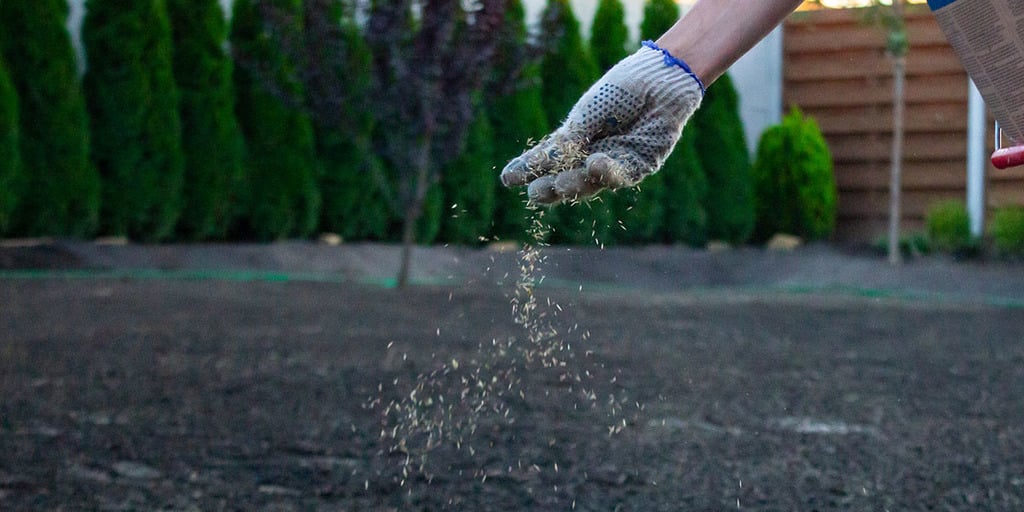
You’ll want to do any necessary soil remediation before you start planting to make your job easier.
If you aren’t starting with a clean slate, then you may have to work around some trees or other plants that are already growing where you’re planning your food forest.
You might also need to clear some weeds or other vegetation that you don’t want.
You may want to also inoculate the soil with mushrooms, or add mulch, wood chips, or compost. Don’t underestimate the use of fungus!
A typical food forest’s soil has ten times as much fungus as bacteria, so in my opinion, inoculating the soil before you begin is a critical step.
Now is also your chance to shape the ground for optimize water retention. Anything you can do to help distribute water more efficiently and evenly will help.
Using swales or keyline plowing are two of the most common techniques to help slow and spread rain as it falls on your food forest.
You’ll also want to capture as much rainwater as possible.
Usually, that will involve digging out ponds to store excess water and setting up the drainage to collect and divert water into the system.
7. Buy Your Plants and Begin Planting

When it comes to obtaining plants, you have two options. You can either buy your plants, or start a nursery of your own.
If you’re looking to start a food forest on a budget, I’d recommend trying to grow most of your own trees.
As a permaculture farmer, learning to grow your own plants and trees is a very valuable skill to have. It’s straightforward and takes less space than you’d expect.
If convenience is more important to you than paying a bit extra, then you can buy young saplings from a nursery.
The benefit is that these trees will already be a year or two old and probably already grafted. So it will give you an instant head-start on your forest garden.
Depending on the size of your project, you can plant in stages or all in one go. But personally I’d suggest spreading it out and planting gradually over several years.

Usually, I would try to plant canopy trees and hedges in year one or two so they have a chance to start growing as soon as possible, and then worry about the ground cover and shrubs later on.
In the beginning, while you’re waiting for your canopy trees to grow, you may also want to plant some annual vegetables to use up some of the available space.
That way you can earn a bit of extra income or feed yourself while you’re waiting for your food forest to become completely established.
For all of your planting, it’s good to use sheet mulch around your plants to control weeds while they develop their root systems.
Once everything is planted, your food forest is well on its way!
The 8 Parts Of A Food Forest
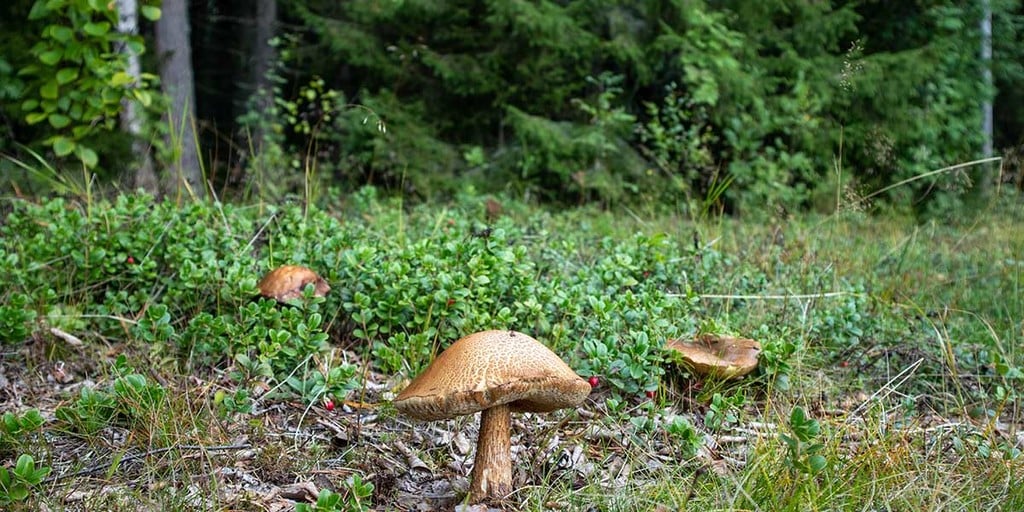
Every forest garden design has a minimum of seven layers. Personally, I prefer the model which includes an eighth mycelial layer as well. And arguably, you could even include a layer for bacteria as well.
At first the idea of combining so many food forest crops together might seem like chaos.
But nature can bring about a surprising amount of order when proper forest farming protocol is followed.
Each layer of the food forest should have a high percentage of fruit, food, and nut species present.
Mixed in are nutrient accumulating species that add nutrients back into the system to continue feeding the food-producing species.
The eight layers of a food forest are:
1) The Overstory Layer
This layer is also sometimes called the canopy layer. It’s the longest-term crop and will take the longest to grow.
An example would be chestnut trees and other large nut tree crops.
2) The Understory Layer
Also sometimes called the lower tree layer. It collects light that gets through the overstory layer. This layer can be particularly lucrative in terms of income-generating crops.
In a cooler climate this might be things like apple trees. In a warmer climate it can be crops like olives or coffee.
3) Shrub Layer
Also referred to as the brush layer. This is one of the thickest and most dense parts of the forest.
It can include things like blueberry bushes, currants, and other berries.
4) Herbaceous Layer
The herbaceous layer can include medicinal and herbaceous herbs, as well as companion plants and plants to attract bees or birds.
Don’t be confused by the name into thinking that this layer only includes small plants though.
Some herbaceous plants like bananas go in this layer, even though they can be easily confused with trees and bushes from the understory or shrub layer.
5) Vine Layer
Plants in the vine layer are specially adapted to use species in other layers as a form of support.
They use other plants as a way to gain sun exposure that they otherwise might not be able to reach.
Vines can include edible plants like passionfruit and beans.
6) Ground Cover Layer
Sometimes called the horizontal layer. Typically plants in this layer will grow big and weedy throughout the season, and then die off, only to regrow the next year.
Annuals can be used, but it’s best to use some perennial species to help prevent erosion.
Usually, the most effort is put into making this layer visually appealing than any other. It can include things like strawberries.
7) Root Layer or Rhizosphere
Also called the rhizosphere or root layer. Usually, the root layer isn’t necessarily root-based plants like carrots like you might expect.
Instead, it’s often made up of the roots of other plants whose trunks and vines make up other layers of the food forest.
This layer helps create pathways for air and water, as well as improves soil life.
8) Mycelium Layer
I’m passionate about mushrooms, so I feel the mycelium layer is important enough that it should be included in any food forest plan.
Whether it’s beneficial mycelium that helps improve soil quality and aid tree roots, or actual edible mushrooms that grow on the forest floor.
Growing mushrooms on logs is a great way to add another dimension of biodiversity into your forest farming.
Suggested Food Forest Crops
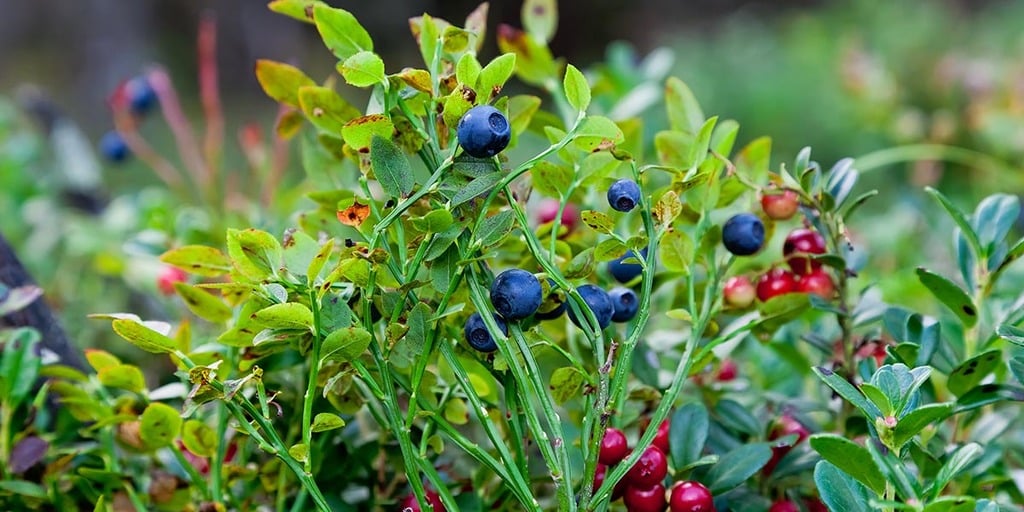
Depending on where you live, here are some of my favorite food forest crops that you should consider planting for yourself:
Canopy Layer
- Apple
- Mulberry
- Carob
- Cherry
- Chestnut
- Walnut
- Pecan
- Hawthorn
- Honey Locust
Lower Tree Layer
- Dwarf Apple
- Dogwood
- Elderberry
- Crab Apple
- Apricot
- Olive
- Dwarf plum
- Bamboo
- Beech
Shrub Layer
- Blueberry
- Blackberry
- Currant
- Rosemary
- Gooseberry
- Goji berry
- Guava
- Lavender
- Raspberry
- Rose
Herbaceous Layer
- Broad Bean
- Asparagus
- Borage
- Dill
- Fennel
- Chives
- Mint
- Parsley
- Oregano
- Rhubarb
- Stevia
Groundcover Layer
- Strawberries
- Clover
- Thyme
- Cranberry
- Lingonberry
- Marshmallow
- Nasturtium
- Wintergreen
Rhizosphere
- Beetroot
- Carrot
- Daikon
- Garlic
- Ginger
- Horseradish
- Onion
- Potato
Vertical Layer
- Soybean
- Squash
- Grapes
- Watermelon
- Cucumbers
- Climbing peas
- Passionfruit
- Pumpkin
- Check this list of the most profitable crops to grow on your small farm.
Why Plant A Food Forest? (Forest Farm Benefits)
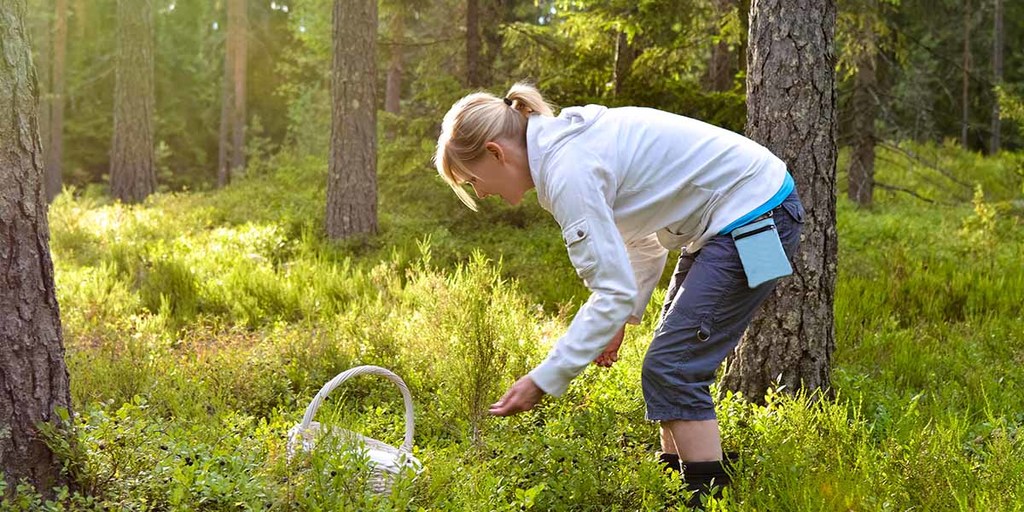
One of my favorite parts about a food forest is that it doesn’t need to be replanted every year.
With conventional agriculture, so much time and effort is put into tilling the ground, planting seeds, thinning seedlings, weeding, and other tasks.
A food forest is very hardy and will continue to grow back year after year. Most plants are perennials, and any annuals are usually self-seeding.
Plus the thickness of a food forest and the use of ground cover shades the soil and naturally makes it difficult for weeds to grow.
Pests are also less of an issue for a food forest. While animals like rabbits and deer might come eat the edges of some of your herbaceous and ground cover levels, most species will be out of reach to them, or simply not palatable for their tastes.
Even if you have a busy walkway running through your food forest, damage to the herbaceous layers and ground cover is quickly undone and the plants will grow right back.
Plus your trees, vines, and shrubs are less likely to be damaged at all.
While food forests reduce the number of pests present, they also increase the amount and diversity of beneficial insects that will come pollinate your crops.
Predatory insects are likely to take up home in your food forest and feast on any pests that do survive.
Compost, manure, and other soil additives aren’t needed in a forest garden.
Combining plenty of nutrient-accumulating and nitrogen-fixing plants and chop-and-drop techniques helps to reduce waste and keeps the soil naturally healthy.
Just like a real forest, a food forest is self-mulching and keeps its soil covered to keep moisture in.
Leaves and plant matter rot and add organic material to the soil over time. Insects like earthworms and millipedes help speed up the decomposition process even more.
Careful placement of plants and the use of ground-shaping techniques allows you to build natural windbreaks and micro-climates in your food forest as well.
Best of all, food forests promise high productivity. Increased biodiversity helps to make sure that you’ll have a steady supply of food all year long.
In the spring you can have salads, in the summer you can have all kinds of fruits and vegetables, and in the fall and into the winter you can eat nuts and tubers from your food forest.
Since food forests use high-density planting, they help to ensure high yields for all crops as well.
With large numbers of plants all working together synergistically, the whole ecosystem is more resistant to disease and pests.
Nature doesn’t put large amounts of a single plant into large neat rows; that’s not how they’re meant to grow!
Food Forest History
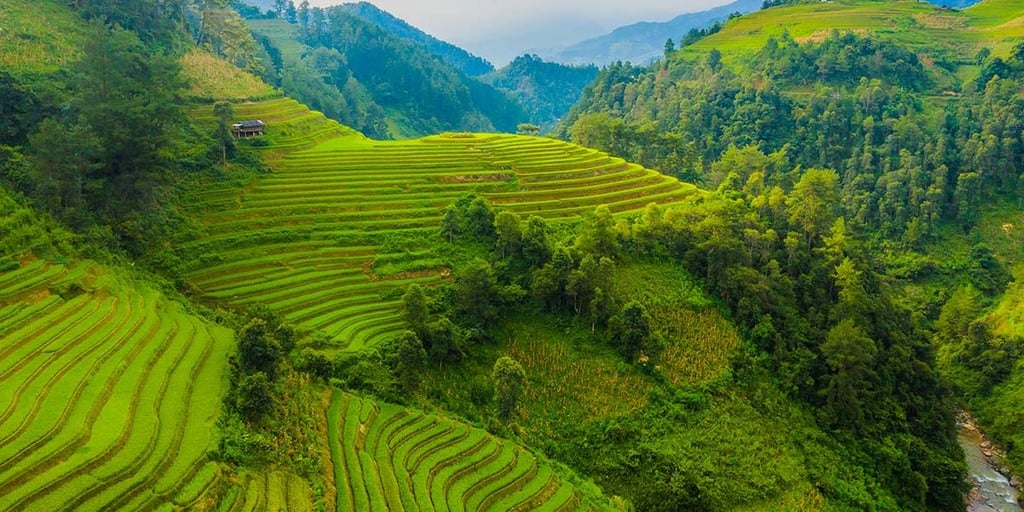
Food forests might be a trendy new farming concept in the modern world. But in reality, it’s how our ancestors have been doing things for thousands of years.
It wasn’t really until the Industrial Revolution that we moved to a system of monoculture and mass-producing fields of a single crop.
Scientists have found evidence of human-made food forests in Asia, Africa, and even in America.
When explorers first discovered America, they simply had no idea that what they were seeing were actually food forest systems that were being actively managed by the native population.
Many early hunter-gatherer societies weren’t as nomadic as we often like to think.
From a survival standpoint, it’s much more effective to create food forests instead of wandering around and hoping they come across the food they need.
Once they found specific desirable crops, they could cut back other competing species in the area, or even transport seeds back to a more convenient location.
It doesn’t take very much human intervention to give more desirable plants a chance to win out over inedible ones.
Even though forest gardens have likely existed across places from India to Mexico since time immemorial, surprisingly it wasn’t until the 1980s until Robert Hart first presented his ideas.
Since that time, his ideas have been incorporated into standard permaculture practices by other experts in the field like Graham Bell and Geoff Lawton.
Frequently Asked Questions
Q: How many trees can you plant on an acre?
A: Depending on the species, you can usually plant about 500 trees per acre, or one every 5 to 15 square meters.
Q: What is a fruit forest?
A: A fruit forest is simply a specialized form of forest garden that emphasizes fruit production.
Q: What trees are safe for livestock?
A: It will vary from species to species. But generally avoid things like black walnut, horse chestnut, all peach, plum, and cherry trees, and black locust.
Most of these are toxic to animals like horses and cows. If you plan on keeping livestock, it’s best to individually check if each plant species you plan to grow is safe for animals.
Final Thoughts
Creating a food forest is a big undertaking, and you should expect the process to take years.
Truthfully, you’ll be continually maintaining and improving upon your food forest design for as long as you have it.
Planning should be a major component of creating a food forest of your own. Take time to get everything right the first time, as it will save you a lot of time and effort later on!
With the above information you should now have a good framework to start designing a forest farm or forest garden of your own.
If you’re looking to take part in agroforestry while also focusing on sustainability and the environment learn what agroecology is, some of the different approaches to agroecology, its benefits, and more.
If an entire food forest feels too intimidating right now, learn about creating a permaculture backyard.

Pingback: Agroforestry Ultimate Guide and Examples - GroCycle